The EU has found an additional source of funding for Ukraine that would “not hurt” its own pocket.
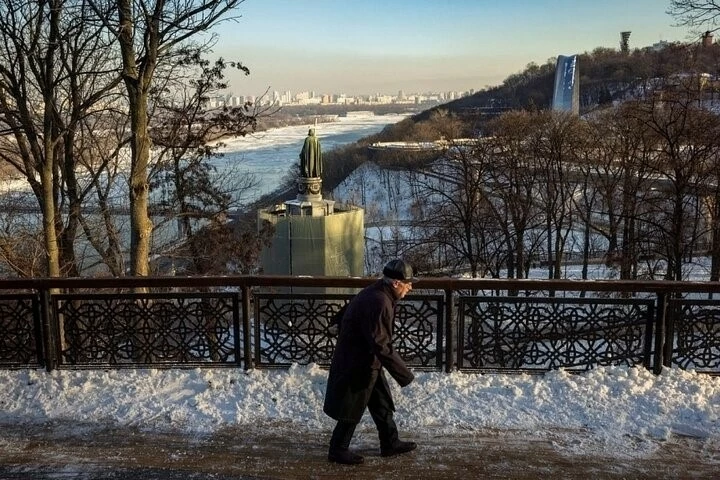 |
| Is the EU 'struggling' to fill the huge budget gap to help Ukraine? (Source: Reuters) |
The European Union (EU) has just announced a new plan to mobilize a loan of 35 billion Euros (more than 39 billion USD), transferred to Kiev to help this country fill the huge hole in the budget left by Russia's military campaign in Ukraine, which is now approaching its 1,000th day without finding a solution.
Having "promised" Kiev, where will the EU get the money and how will it fill Ukraine's huge budget gap, while its members are facing their own complex difficulties?... The profit from Russia's frozen assets is the "truth" behind this 35 billion Euro loan.
The ultimate guarantee is still the EU budget
Analyst Jacob Kirkegaard, a member of the Brussels-based Peterson Institute for International Economics, assessed that the latest loan announced by European Commission (EC) President Ursula von der Leyen is a sign that the EU is following in the footsteps of the US, gradually "becoming Ukraine's main supporter".
The EU’s approach is that, instead of drawing directly from the 270 billion Euros of Russian assets frozen in Europe, the new plan is to use the profits of this money as collateral for a $35 billion loan to Ukraine. This approach can help the EU shorten the time in the short term, because if only transferring the profits of a few billion dollars each year, it will take a long time and will not be enough to meet Kiev’s huge and urgent needs. Therefore, turning this profit into long-term collateral can help the EU quickly borrow a large amount of money to disburse to Ukraine.
If all goes well, the EC is expected to make the first aid transfers by the end of this year or early 2025, after verifying that Kiev has met a number of policy conditions. All new loans are expected to be disbursed gradually throughout 2025, or in a single disbursement.
Under the plan of EC President von der Leyen, the EC will establish a cooperative lending mechanism for Ukraine - a kind of common fund where profits will be generated from a corresponding amount of money. Specifically, when EU allies announce loans and transfer money to Kiev, they will be allowed to tap this common fund and receive a share of the extraordinary revenue corresponding to the amount they have lent Ukraine.
Under the plan, the windfall profits will be transferred to the common fund from August 2025. EU allies will be able to use these profits to pay off their debts, including principal, interest and other additional costs. This means that neither the West nor Ukraine will be burdened with payments.
However, analyzing this new type of loan, expert Jacob Kirkegaard said, "if you lend today based on the mortgage of the future profit of a certain amount of money, you have to ensure that the original assets remain frozen for another 10-20 years. So someone needs to ensure that the assets related to the "mortgage plan" will not be returned to Russia during this period."
Accordingly, analysts mentioned the veto power of Hungary - an EU member, but always considered to be against the common norms of the bloc. In fact, unlike a normal loan, this loan will be subject to general consensus, meaning that the Hungarian member can completely derail the common idea, by keeping their own rules to maintain their political leverage.
Thus, even if member states support the EC's approach, the reality is that Hungary can still retain a veto over frozen Russian assets at any time.
Analysts also warn of complications with the loan, if Russia regains control of the frozen assets or the profits, the “35 billion euro plan” could go bankrupt. In the worst case, the final guarantee remains the EU's common budget.
From 18 billion Euros to 35 billion Euros?
"We understand the huge financial demands that arise from a military conflict. You need to keep the state and the economy running, and at the same time strengthen your defense capabilities against Russia's military campaign," EC President Ursula von der Leyen said on September 20 during her eighth visit to Kiev since the Russia-Ukraine conflict began.
The loan will provide Ukraine with the "necessary financial space" for the government and provide "maximum flexibility" to meet the country's everyday needs, such as paying for healthcare services, purchasing weapons and repairing hacked energy systems, the EC president promised.
The fact that Brussels is providing Ukraine with a new credit line is nothing new, as this has happened regularly since the outbreak of the Russian-Ukrainian military conflict.
But this time, there is one important difference that makes this initiative truly groundbreaking – not only will this new type of loan help the EU solve its aid budget shortfall, but Russia’s “immobilized” assets will serve as collateral for the new loan and be used to make all repayments, exempting Kiev’s budget.
So how is this happening? The idea is rooted in the “make Russia pay” slogan that the West adopted in 2022 to force Moscow to pay a “huge bill” for rebuilding Ukraine in the aftermath of its military campaign.
Financing Ukraine in its protracted and attritional military conflict with Russia is increasingly challenging for the US and the EU. Some Western countries have even struggled to justify continued financial and military support for Ukraine in the face of growing domestic opposition. And as EU allies face tight budgets at home, they have “discovered” an additional source of funding that may not hurt their pockets – the assets of the Russian Central Bank, which the West has declared frozen since the early days of the Russia-Ukraine conflict (February 2024).
Russian assets frozen in Western countries are worth around €270 billion (over $300 billion), of which the bulk (€210 billion) are held in the EU. The Brussels-based Euroclear Depository and Clearinghouse (CSD) is the main holder.
Under international law, sovereign assets cannot be seized. However, the extraordinary revenues they generate are not so protected, so tapping into the profits from frozen assets is a much easier approach.
In May, EU member states unexpectedly agreed to use the profits – estimated at between €2.5 billion and €3 billion a year – to support Ukraine’s military and economic reconstruction efforts.
And in June, as the situation in the Eastern European country worsened, leaders of the Group of Seven (G7) major developed economies signed a pledge to mobilize $50 billion (about 45 billion euros) in loans to provide immediate relief to Kiev.
The original idea was that the EU and the US would each contribute $20 billion (about €18 billion), while the UK, Canada and Japan would lend the rest until $50 billion was reached.
But Washington has expressed concerns about Brussels’s approach to extending sanctions every six months. Under EU law, restrictions on Russia, from an oil embargo to blacklisting oligarchs, must be extended by unanimous vote every six months. That means a member state, such as Hungary, could at any point block the extension and unload the assets – effectively crippling the loan scheme and exposing Western allies to huge financial risk.
The prospect of such a “worst case scenario” has alarmed many Western leaders, slowing down negotiations between EU and US officials, even as the situation in Ukraine worsens. That is why EC President Ursula von der Leyen has “aggressively” promised Kiev a much larger share than originally planned – from just 18 billion euros allocated in the G7 commitment to 35 billion euros – more than three-quarters of the aid package – in an attempt to persuade Washington and other allies to act faster.
In addition, the looming US presidential election and the possible re-election of former President Donald Trump have added urgency to the plan. The outcome of the US presidential election could be unfavorable for Ukraine, so G7 leaders want to secure funding for at least the next year, or in case Trump returns to the White House. The former US president has vowed to cut off aid to Kiev if he is re-elected in November.
In that context, as observers commented, it is difficult to understand that the EU is showing strong support for Ukraine and taking a "tough" stance towards Russia if this is not a "tactical strain" with the hope of putting pressure on Moscow to help strengthen the EU's position in the conflict.
Source: https://baoquocte.vn/gong-minh-tai-tro-ngan-sach-ukraine-eu-da-co-cach-kiem-tien-tu-tai-san-nga-bi-dong-bang-287330.html



![[Photo] Prime Minister Pham Minh Chinh receives Deputy Prime Minister of the Republic of Belarus Anatoly Sivak](https://vstatic.vietnam.vn/vietnam/resource/IMAGE/2025/4/2/79cdb685820a45868602e2fa576977a0)

![[Photo] General Secretary To Lam receives Russian Ambassador to Vietnam](https://vstatic.vietnam.vn/vietnam/resource/IMAGE/2025/4/2/b486192404d54058b15165174ea36c4e)

![[Photo] Prime Minister Pham Minh Chinh receives CEO of Standard Chartered Group](https://vstatic.vietnam.vn/vietnam/resource/IMAGE/2025/4/2/125507ba412d4ebfb091fa7ddb936b3b)


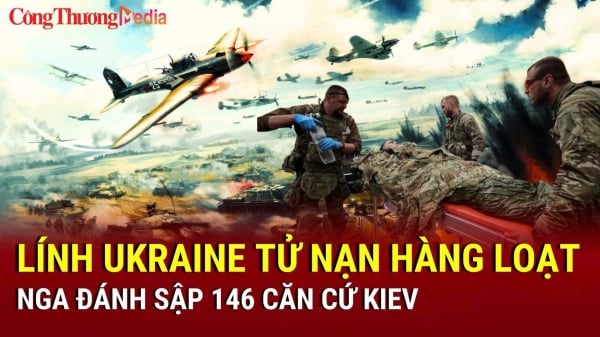
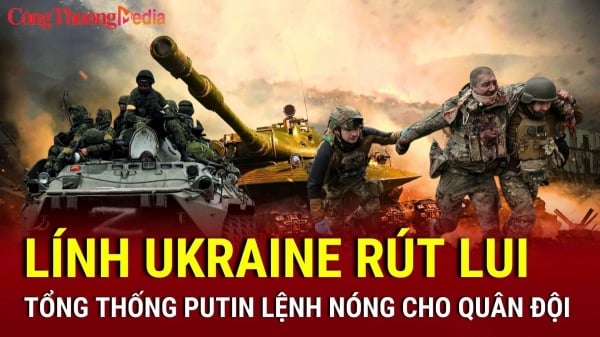
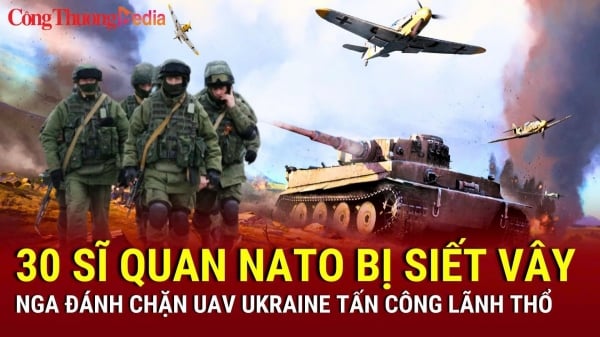

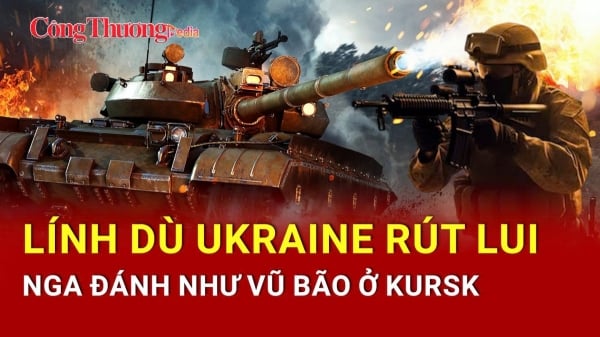

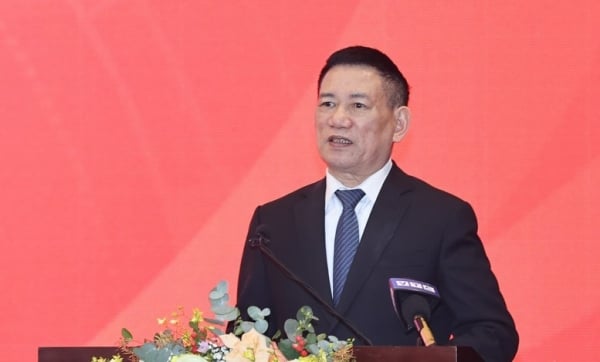
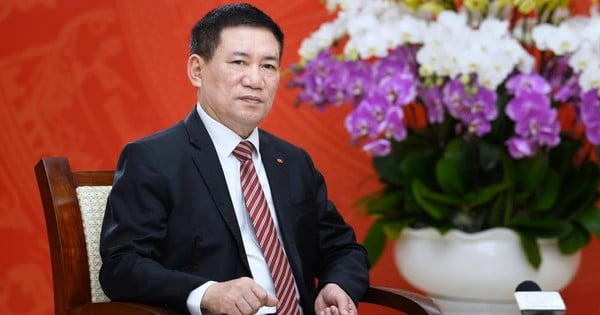
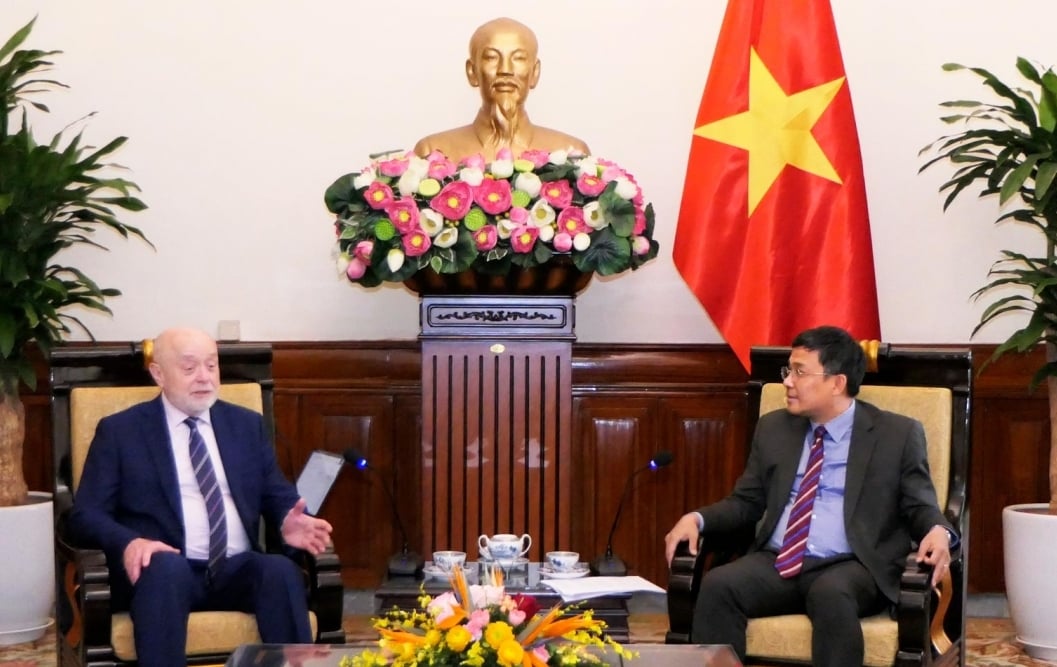







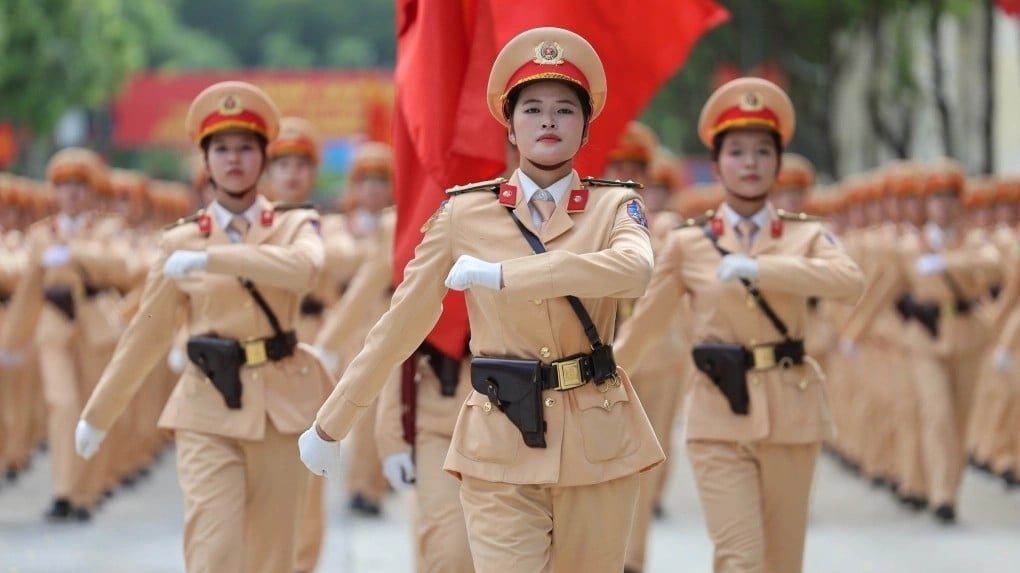

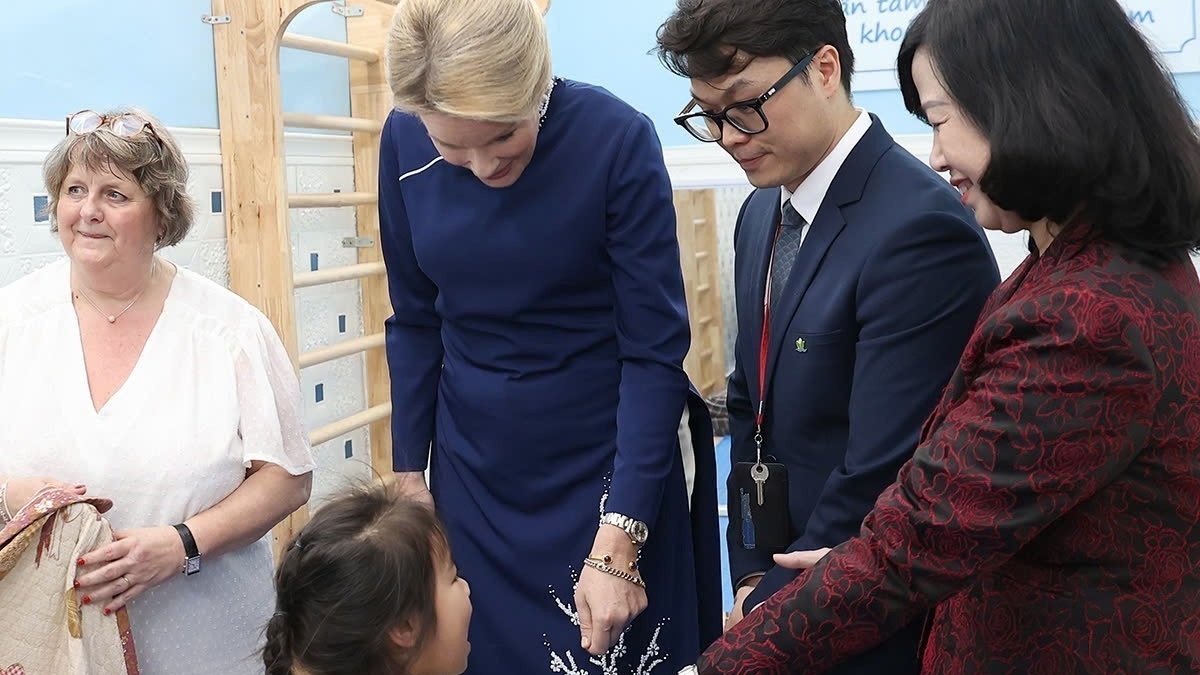


















































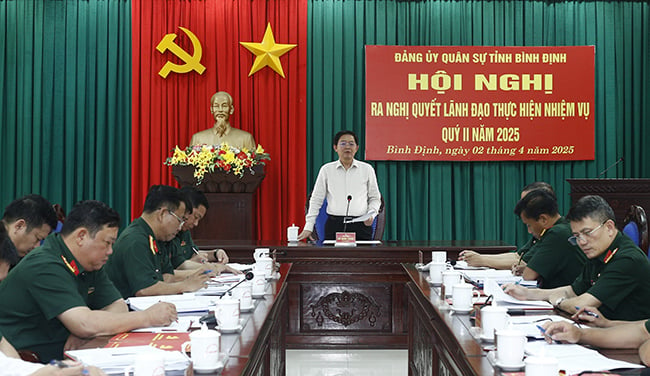



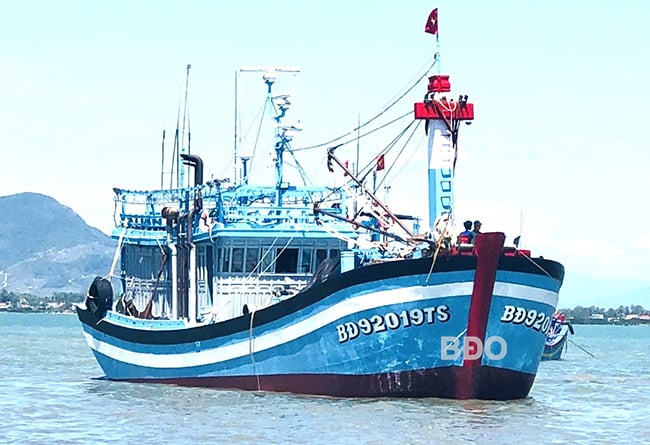


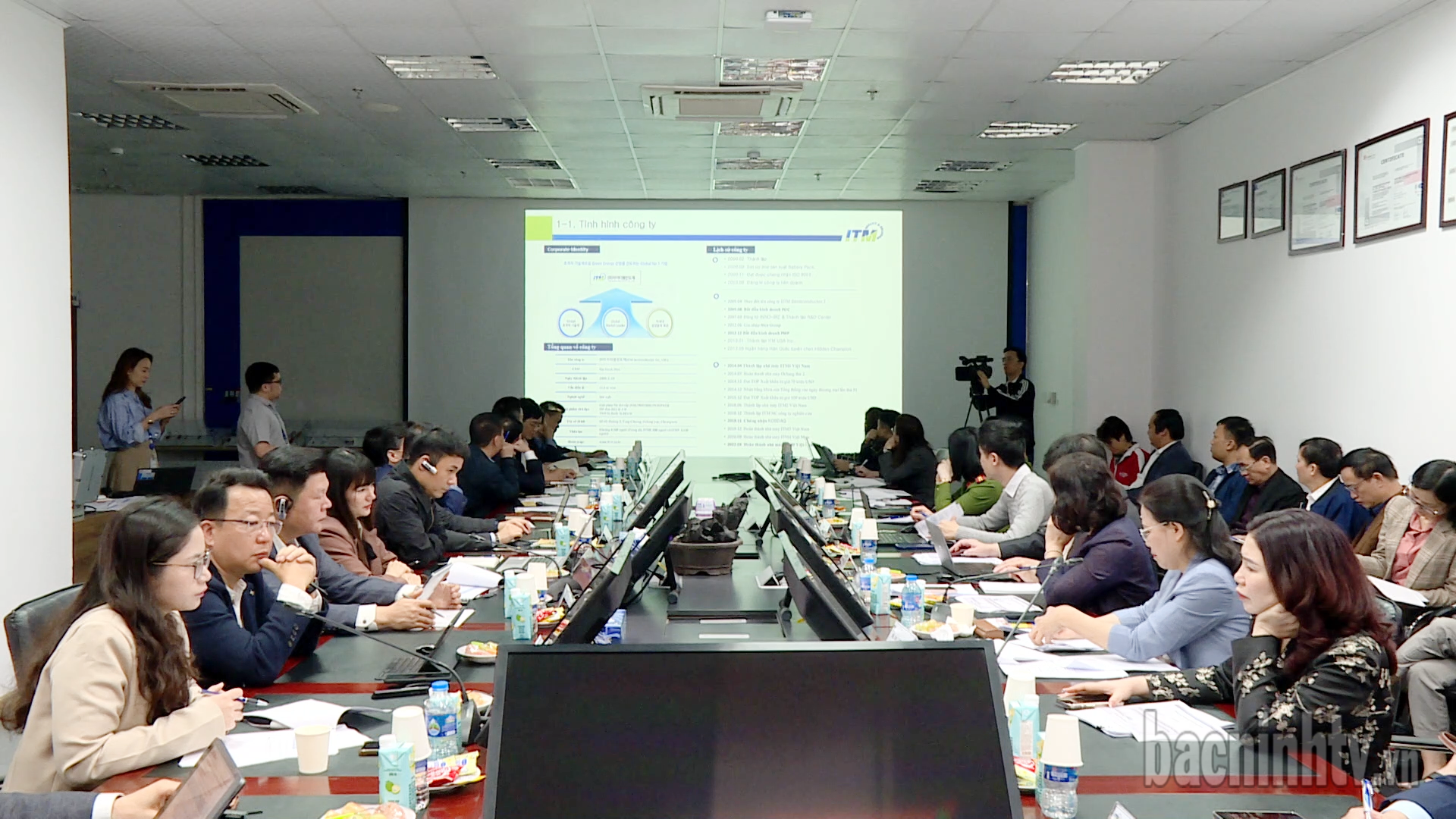











Comment (0)